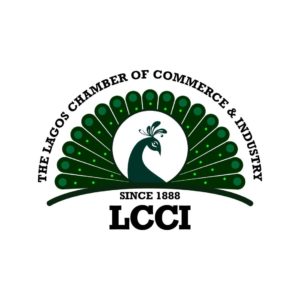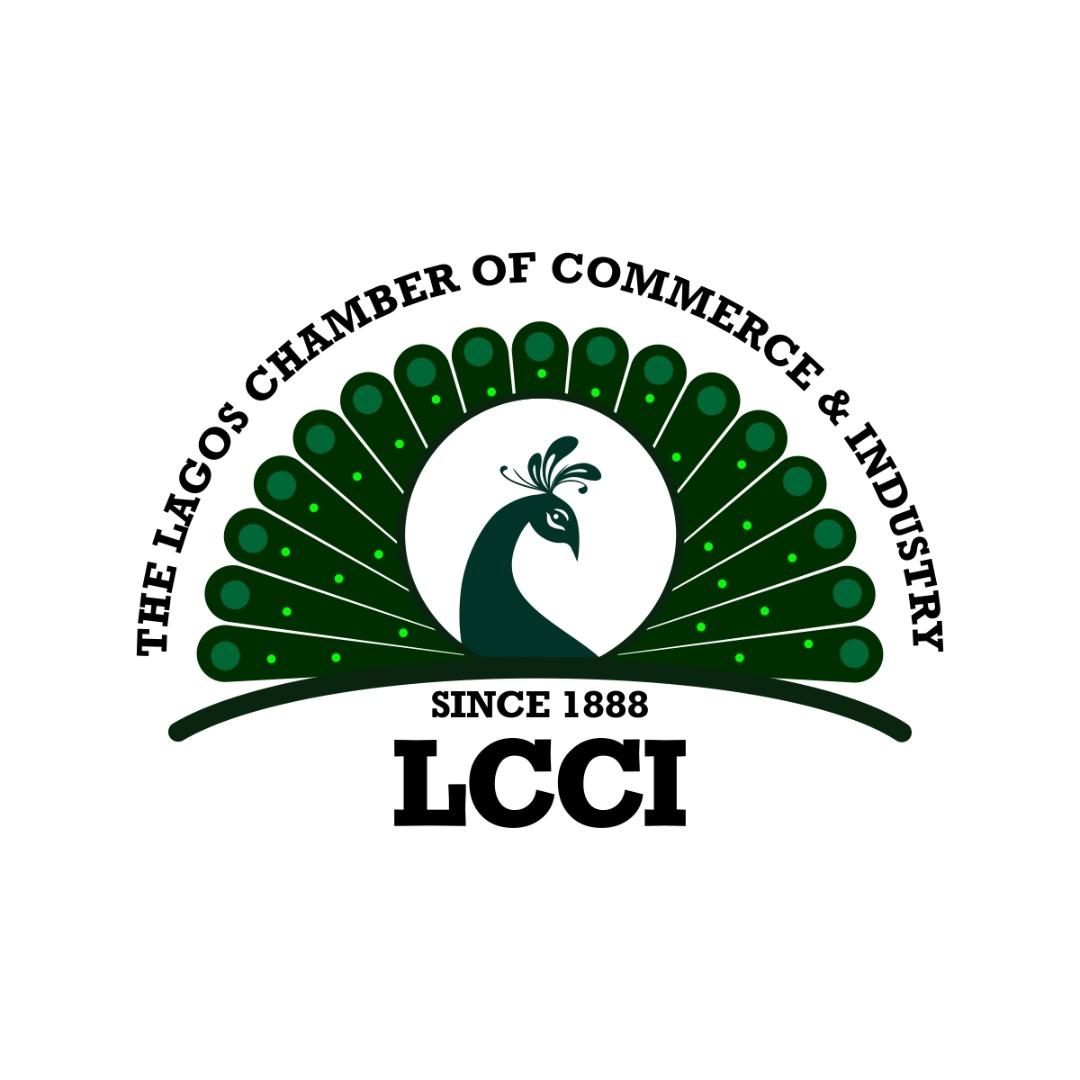Error: Contact form not found.

The Lagos Chamber of Commerce and Industry, LCCI, has predicted a positive growth outlook in 2021.
The Director General, Lagos Chamber of Commerce and Industry, Muda Yusuf, made this known during the Chamber’s reaction on 2020 GDP report.
“The current downturn is expected to be short-lived going forward. There are indications that recovery might be faster than expected however the pace of recovery is expected to be subdued within the region of one and two percent. Projections by World Bank and IMF put Nigeria’s annual average growth for year 2021 at 1.1 percent and 1.5 percent, respectively”, he said.
“The country’s recovery prospects in year 2021 will be dependent on five key factors including effective management of the pandemic locally and globally, widespread vaccine rollout, direction of global oil market, fiscal and monetary policy direction and ease of doing business reforms”, added the DG.
“Accelerating the pace of economic recovery requires fiscal and monetary authorities to be well coordinated to promote growth-enhancing and confidence-building policies that would encourage more private capital inflows into the economy. Investment-led growth strategy is critical for inclusive and sustainable economic growth. Strong commitment to key reforms will not only boost output recovery but will also put the nation on a path of macroeconomic stability”, he maintained.
LCCI recommends review of the foreign exchange management framework to expand the scope of market mechanism in the determination of the exchange rate and the unification of the exchange rates should be prioritised. This according the Chamber is imperative for expediting recovery and bolstering investor confidence.
So also clarity in government’s policy direction is critical in deepening investor confidence. “Mobilizing efforts in making the business environment more conducive for MSMEs and large corporates by addressing structural bottlenecks and regulatory constraints contributing to high cost of doing business. Prioritizing public spending to support critical capital development expenditures in road, railways, power, health, education, to mention but few.
“Intensify diversification efforts through efficient utilization of excess crude oil proceeds to develop the non-oil sector. Privatize idle public assets to help the economy unlock liquidity needed for strong economic growth and improved revenue mobilization”, he stressed.
“Deepening deregulation efforts in the downstream oil industry by providing industry players with FX at competitive rate to import petrol, ensuring sustainable PMS pricing model, expeditious passage of the Petroleum Industry Bill to ensure efficient transparency in the utilization of petroleum resources; promote healthy competition and drive private investment in the oil & gas sector”, he opined.
“Proper harmonization of fiscal and monetary policies is necessary in the course of stimulating domestic output and stabilizing prices. It is imperative for both sides of authorities to develop a medium-term recovery plan that anchors on boosting local productivity, supporting ease of doing business, attracting private capital flows, developing physical and soft infrastructure, business-friendly regulatory policies, economic diversification, and employment generation, among others”.
“LCCI notes the improvement in quarterly output performance as real GDP growth rose by 0.11 percent in Q4-2020, compared to 3.62 percent contraction in the preceding quarter. The quarterly performance was a pleasant surprise. The economy ended year 2020 in a negative growth region, with annual GDP growth declining by 1.92 percent, its lowest level since 1994. From the analysis of the just-released GDP report, the following sectors were the top performing in the fourth quarter 2020. Quarrying and other minerals (48.42%); telecommunications & information services (17.64%), cement (6.59%), broadcasting (4.42%) and crop production (3.68%)”.
“The worst sectoral contractions were in Petroleum Refining (-56.5%), air transport (-51.69%), coal mining (-23.16%), crude petroleum & natural gas (-19.76%) and accommodation & food services (-15.03%)”.
“In our 2021 economic outlook report, we posited that annual real GDP growth rate would range between -2 percent and -1 percent. Meanwhile, the magnitude of annual contraction in 2020 exceeded the World Bank and International Monetary Fund (IMF)’s projection of 4.1 percent and 3.2 percent, respectively.
Going by historical trends, real GDP growth is usually robust in Q4-2020 due to festive-induced rise in production and business activities. This, coupled with the continued relaxation of global and domestic lockdown policies, provided impetus to business activities. This possibly supported the quick recovery of the non-oil sector, as growth improved further to 1.69 percent in Q4-2020, compared 2.51 percent contraction reported in the preceding quarter. Improvement in output performance in Q4-2020 was driven by the non-oil sector. In annual terms, non-oil sector contracted by 1.25 percent in year 2020, down from 2.26 percent in year 2019, and this could be attributed to the adverse impact of pandemic and associated lockdown measures on non-oil sector activities as well as domestic investment climate issues.
Oil sector growth recorded its second consecutive quarterly output decline in Q4-2020. The magnitude of contraction worsened from 13.89 percent in Q3-2020 to 19.76 percent in Q4-2020, driven by decline in crude production (Q3-2020: 1.67mpbd; Q4-2020: 1.56mbpd) amid the recovery in international oil prices in the reference quarter (Q3-2020: $43.4/b; Q4-2020: $45.26/b). This indicates that Nigeria’s oil sector is more sensitive to crude production compared to oil prices. The performance is a reflection of the peculiar challenges around security, policy and regulatory concerns in the sector.
“Despite improved output performance in Q4-2020, we note that the economy faced multitude of challenges in the final quarter including subdued business activities across various sectors (evident in PMI data trend), foreign exchange pressures (evident in widened parallel market-NAFEX premium), relatively lower oil prices and production, subdued global demand, spiralling consumer prices, repressed purchasing power, heightened unemployment levels, weak investor confidence, worsened insecurity and social tensions (ENDSARS protest)”, LCCI stressed.
Table 1: Extract from FY-2020 GDP Report
| Sector | FY-2019 | Q1-2020 | Q2-2020 | Q3-2020 | Q4-2020 | FY-2020 |
| GDP | 2.27 | 1.87 | -6.10 | -3.62 | 0.11 | -1.92 |
| Oil Sector | 4.59 | 5.06 | -6.63 | -13.89 | -19.76 | -8.89 |
| Non-Oil Sector | 2.06 | 1.55 | -6.05 | -2.51 | 1.69 | -1.25 |
| Agriculture | 2.36 | 2.20 | 1.58 | 1.39 | 3.42 | 2.17 |
| Manufacturing | 0.77 | 0.43 | -8.78 | -1.51 | -1.51 | -2.75 |
| Trade | -0.38 | -2.82 | -16.59 | -12.12 | -3.20 | -8.49 |
| ICT | 11.08 | 9.71 | 18.10 | 14.56 | 14.70 | 12.90 |
| Financial & Insurance | 2.56 | 20.79 | 18.49 | 3.21 | -3.63 | 9.37 |
| Construction | 1.81 | 1.69 | -31.77 | -2.84 | 1.21 | -7.68 |
| Arts, Entertainment & Recreation | 4.12 | 1.53 | -8.93 | -4.67 | -1.52 | -3.00 |
| Real Estate | -2.36 | -4.75 | -21.99 | -13.4 | 2.81 | -9.22 |
| Transportation & Storage | 10.73 | 2.82% | -49.23% | -3.45% | -5.95 | -22.26 |
Sectoral Performance
Sectoral performance was largely subdued as 10 sectors expanded, two contracted: seven had moderation in growth and 27 in recession. This sub-optimal performance reflects the lingering pandemic effect and the numerous investment climate issues bothering many sectors of the Nigerian economy.
On Oil Sector, the Chamber noted that oil sector growth plunged further to 19.76 percent in Q4-2020, from 13.89 percent in the preceding quarter. The increased scale of oil sector contraction was largely driven by decline in crude output. Crude oil production fell to a record 1.56 mbpd in Q3-2020, the lowest level since at least 2013. This is as a result of Nigeria’s compliance to OPEC+ production reduction agreement aimed at stabilizing the international oil market amid covid-19 disruptions. We note that Nigeria was compelled to make compensatory cuts as a punitive measure for exceeding production quotas. In annual terms, oil sector growth contracted by 8.89 percent in year 2020, compared to 4.59 percent in year 2019. Meanwhile, the oil sector continued to grapple with policy and regulatory challenges.
Speaking on Non–Oil Sector, LCCI maintained that the continued relaxation of global and domestic restriction measures supported non-oil sector as growth improved to 1.69 percent in Q4-2020, compared to -2.51 percent in the preceding quarter. ICT (14.70%), agriculture (3.21%), and real estate (2.81%) were the major drivers of non-oil sector growth in Q4-2020. Sectors such as financial & insurance, manufacturing, trade, transportation, and arts & entertainment contracted by 3.63%, 1.51%, 3.20%, 5.95% and 1.52 percent, respectively.
However, annual non-oil sector growth declined by 1.25 percent in 2020, compared to 2.26 percent in year 2019, which could be attributed to the pandemic effects on activities in the sector. We highlight that virtually all sectors in the non-oil segment of the economy were shut down in the second quarter. Though lockdown restrictions were eased in the third quarter, some sectors including aviation, tourism, hospitality, and education were under lockdown in most of the third quarter. Even though activities rebounded in the non-oil sector in Q4-2020, however most enterprises operated below full capacity.
Over time, contribution of non-oil to overall output improved 91.3 percent in Q3-2020 to 94.1 percent in Q4-2020, while oil sector’s contributions dropped to 5.9 percent in Q4-2020 from 8.2 percent in the preceding quarter. This highlights the persistent revenue mobilization challenge in the non-oil sector as sizeable fraction of activities in the sector are done in the informal segment.
On overall assessment, the Chamber believes output contraction recorded in year 2020 further highlights the country’s weak macroeconomic fundamentals and the persistent, structural, policy and regulatory issues in the economy. Apart from declining growth, the economy is currently confronted with several challenges, including rising consumer prices (inflation now at 45-month high of 16.47% in January 2021), weak employment level, persisting liquidity concerns in the foreign exchange market, high poverty incidence, weak investor confidence and insecurity, among others. These challenges which had been part of the country’s economic narrative prior to the pandemic, were amplified by the covid-19 induced disruptions.
“The persistent decline in real capita growth since 2015 indicates the fact that the economy has not grown fast enough to create opportunities for the rapidly growing Nigerian populace. This translates to more hardship for the Nigerian citizenry who are currently grappling with weaker real disposable income amid rising inflation. Per capita income growth is expected to maintain its downward trajectory till the medium term, as the economy is expected to recover gradually from the 2020 contraction”.
Businesses, particularly those in the production sector, still encounter challenge in accessing foreign exchange due to the lingering liquidity concerns in the currency market.
The Chamber noted that the Central Bank’s accommodative policy disposition in year 2020, evidenced by its sustained developmental finance efforts and deliberate interest rate reduction. “On the other hand, we also acknowledge the efforts by fiscal authorities in quickening recovery via the Economic Sustainability Plan. However, the stimulus provided by fiscal and monetary authorities (c.3% of GDP) was largely insufficient to achieve desired outcomes even as policy responses failed to address the structural challenges stifling productivity across sectors”.





















